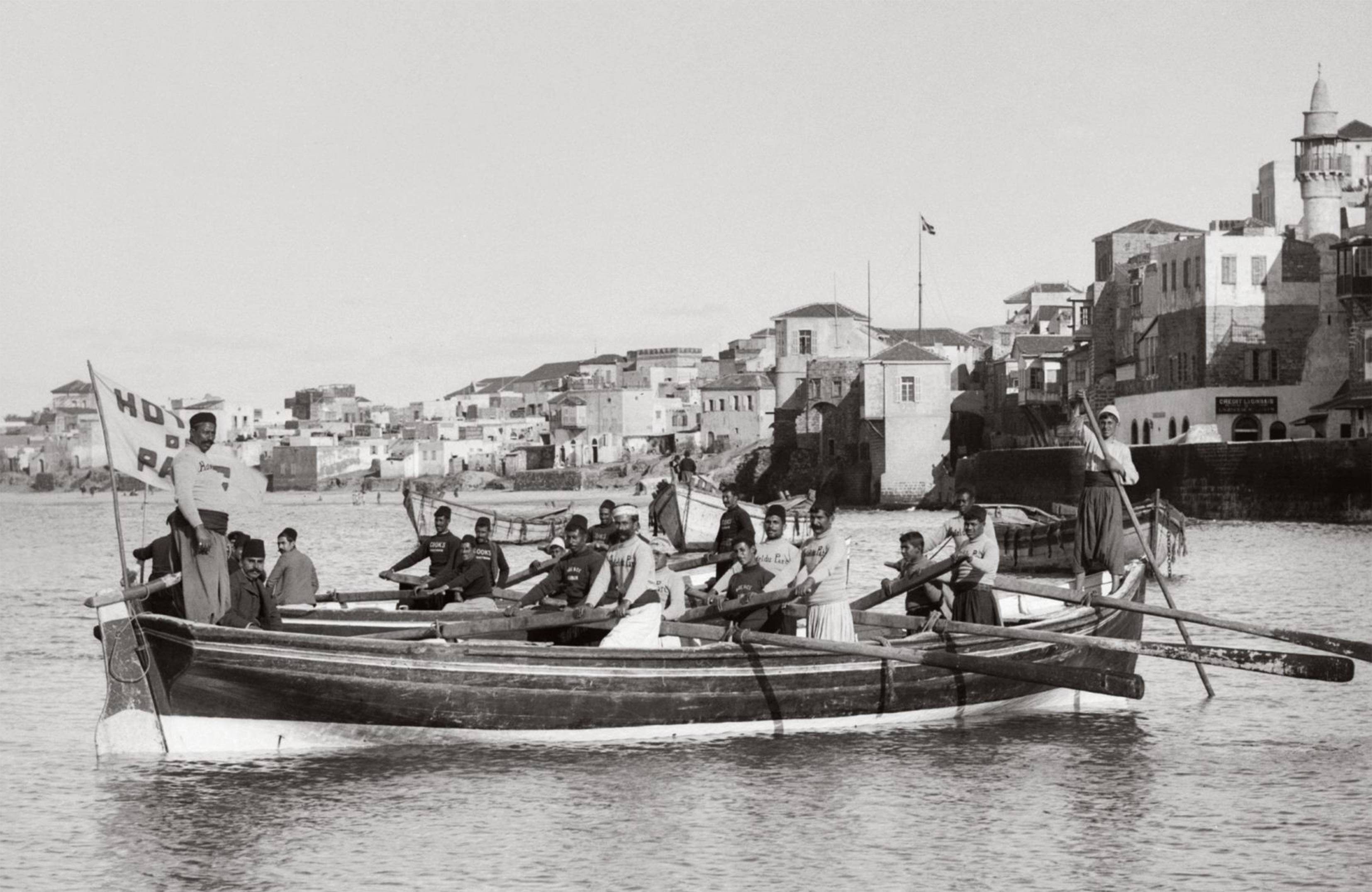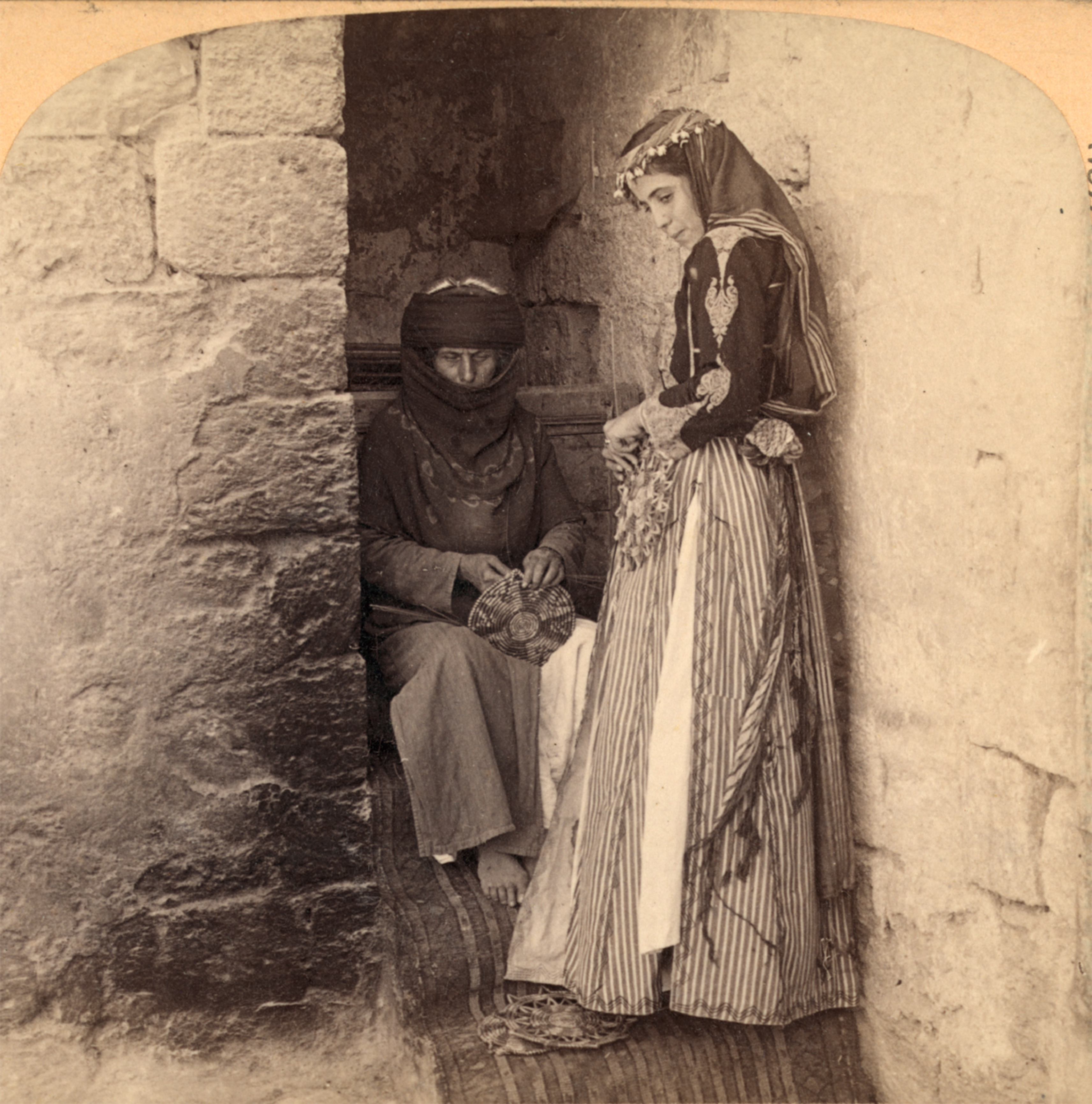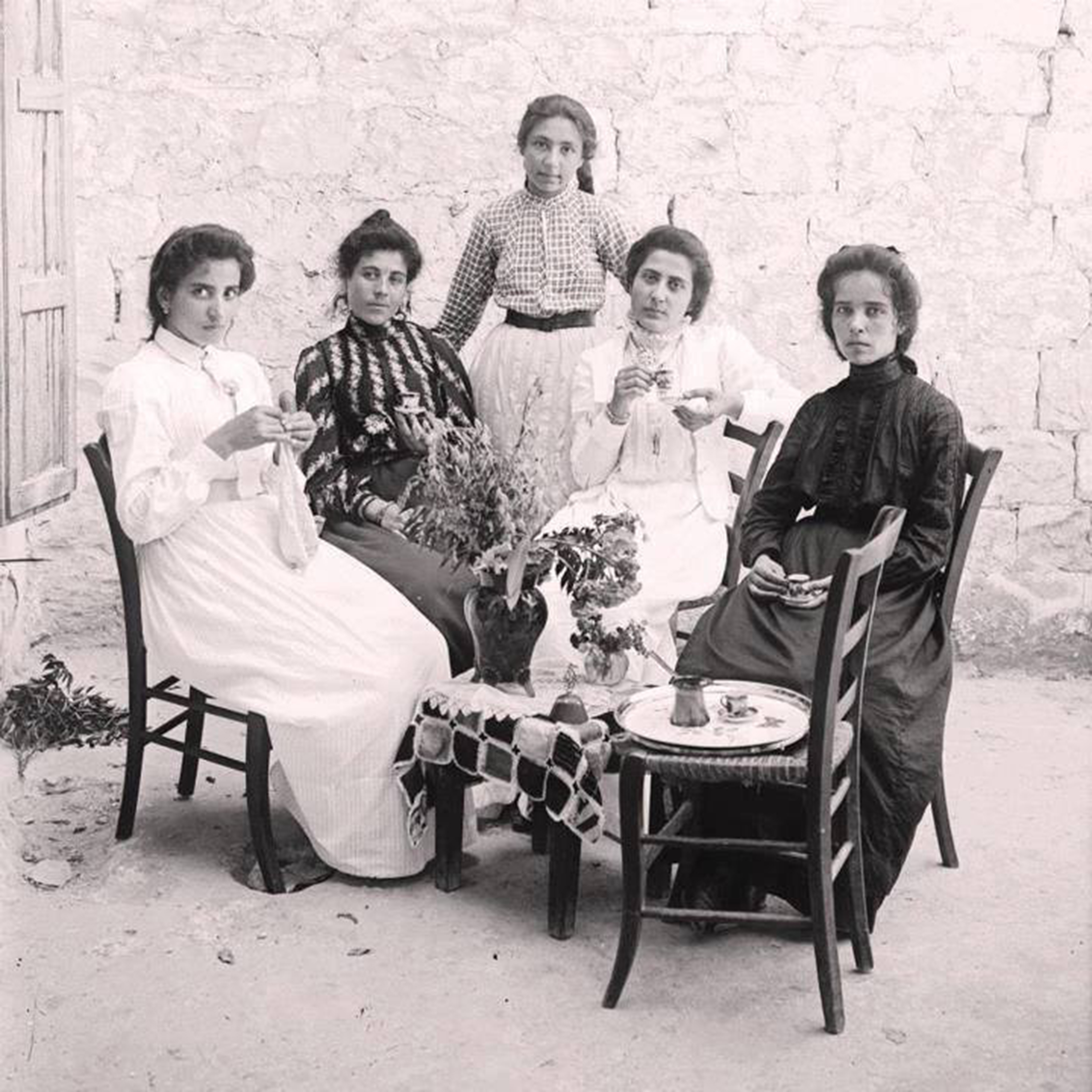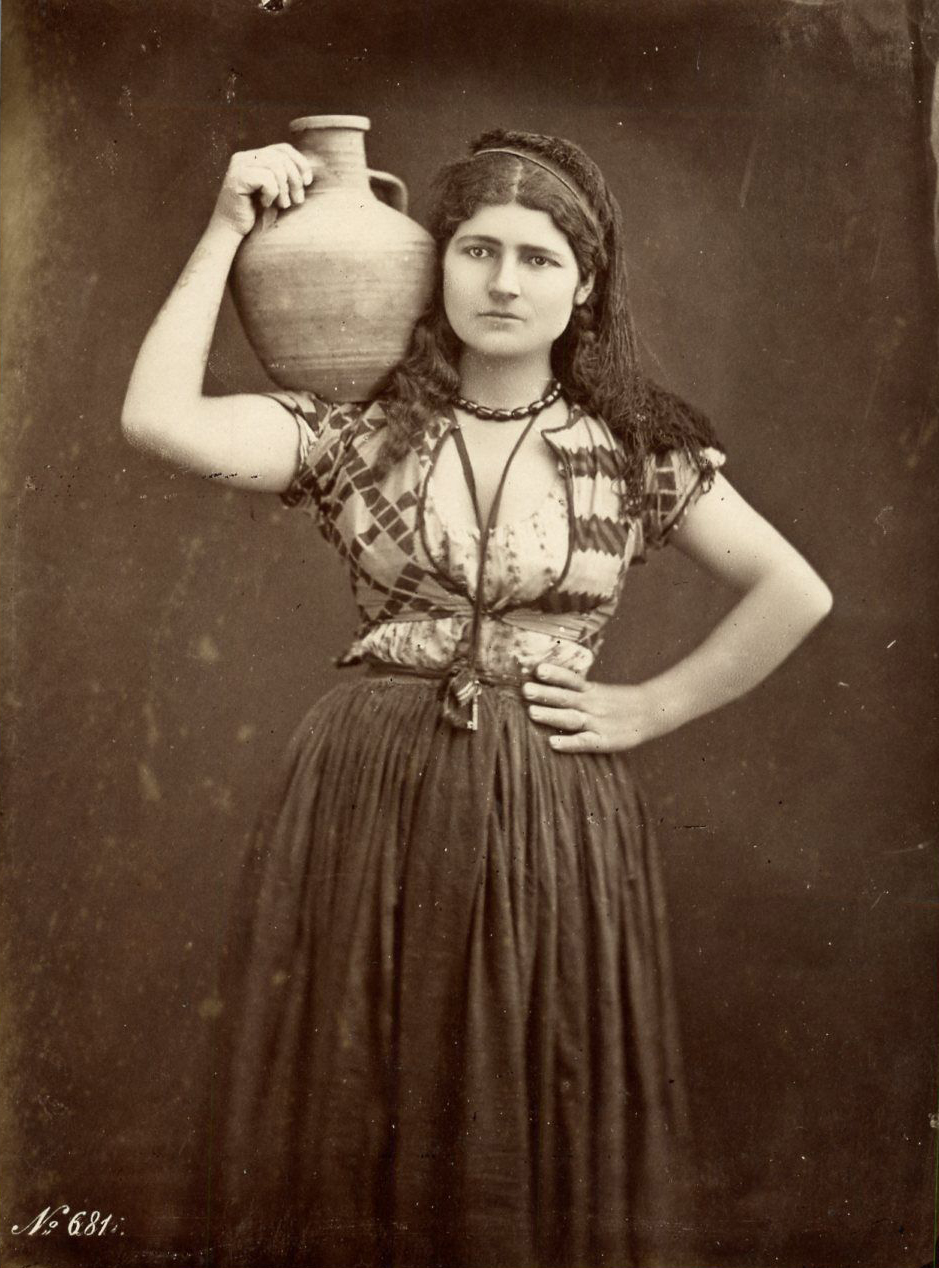The exhibition Palestine 1880–1942 was on display Thursday, June 8, 2017, at the UN Building in Geneva, Switzerland, as part of the activities of the International Day of Solidarity with Palestinian Laborers, celebrated by the Arab Labor Organization and the Palestinian Permanent Diplomatic Mission at the United Nations.
Of special significance to the memory of the Palestinian people, the exhibition showcases photos that were taken from the end of the nineteenth century, when the camera was invented, through 1984, just before the establishment of the State of Israel. The photos present the social, cultural, economic, and political life-patterns of the Palestinian people during that period, and it strongly counteracts the widely cited and distorted statement made by Balfour in 1917 that Palestine was “a land without a people for a people without a land.”
The photos on display were collected from various sources, mainly Orientalists who visited Palestine in the 1880s and 1890s. The French photographer Félix Bonfils arrived in Palestine in 1880 and took many panoramic photographs of the cities of Nazareth and Bethlehem as well as portraits that capture the personalities of people through his use of effective lighting, backdrops, and poses. The works of Bonfils are art icons of great significance in France. The French photographer Thomas Pesquet visited Palestine, Syria, Lebanon, and Jordan, and created an interesting repertoire of memorable photographs. Additional sources include Sarah Graham Brown and others from Britain, Germany, and the United States.
The exhibition also relies on local Palestinian sources. These include the first Palestinian female photographer Karima Aboud from Nazareth, who took up photography as a profession in 1913, and Hanna Safieh from Jerusalem, who became a professional photographer in 1927. Safieh was interested in portraying social life in Palestine as well as tourist and religious sites. Other sources include the French Archive, the Library of Australia, the Nazareth Archive, the UN Archive, and photos collected from individual organizations and Palestinian families.
The exhibition provides a true picture of Palestine and its people, and shows the importance of Palestine and the enormity of injustice that has befallen the Palestinian people subsequent to the establishment of the State of Israel. It is an eloquent expression of the history and heritage of the Palestinian people and their kinship with their natural environment.





